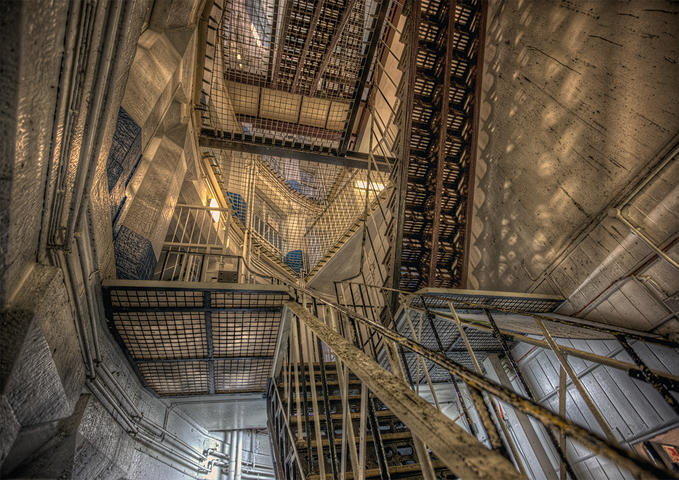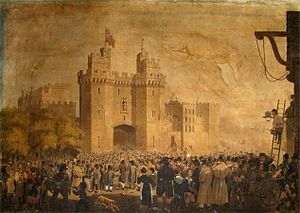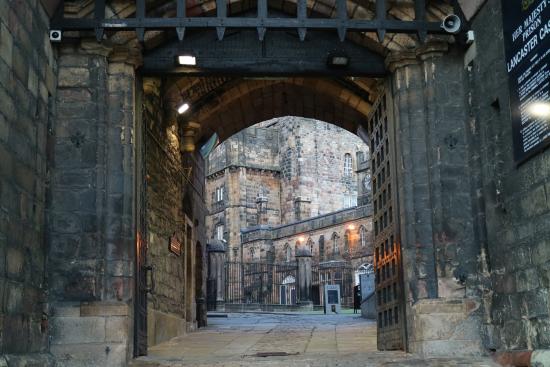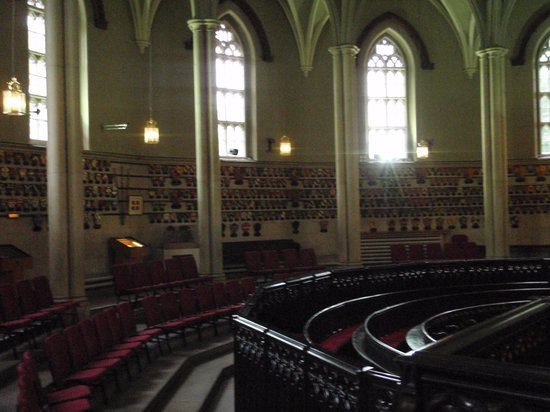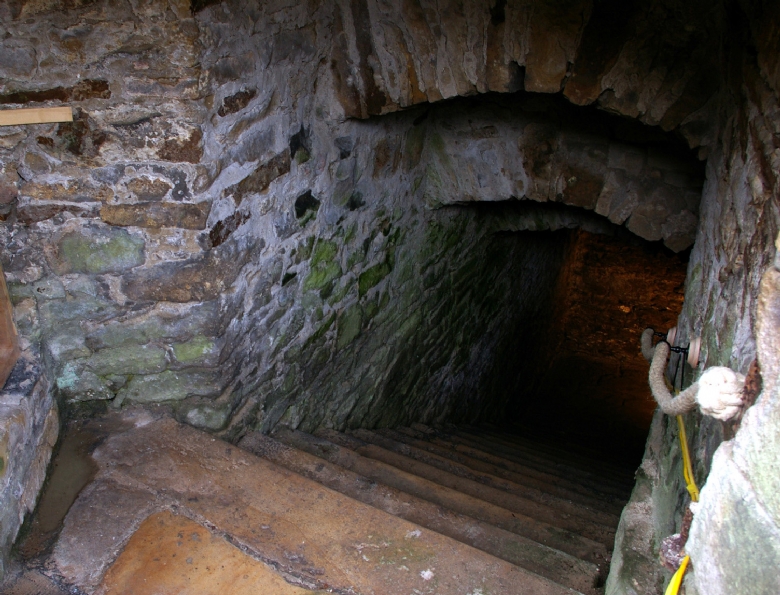Haunted Lancaster Castle, Lancaster,
Ghost Hunting at the Lancaster Castle
Ghosts of Lancaster Castle
![]()
![]()
Lancaster CastleLocation
![]()
The History of Lancaster Castle
The origin of the Duchy of Lancaster goes back nearly seven centuries to the reign of King Henry III
In 1265, Henry gave his son Edmund lands which had been forfeited by Simon de Montfort, Earl of Leicester. after his failed rebellion. Later, lands taken from Robert Ferrers, Earl of Derby were added to this holding.
It was not until 1267 that the inheritance acquired the name of Lancaster, when Edmund was given the county, the honour and the castle of Lancaster, and became its first Earl .
Edmund`s son, Thomas, inherited from his father in 1297 and, by marriage, added extensive properties in Yorkshire and Lincolnshire. Thomas thus became one of the most powerful nobles in England. The inheritance was temporarily lost when Thomas was executed after a failed rellion against Edward II in 1322.
Edmund`s grandson, Henry, was subsequently granted back the lands lost and given the title of first Duke of Lancaster in 1351. He died without a male heir and in 1362 the title and inheritance passed to his son-in-law, John of Gaunt – Shakespeare`s `Time- Honoured Lancaster”.
John O` Gaunt added to his possessions, and Lancater became a County Palatine. This meant that the Duke had Royal powers within the county and could do practically everything that would otherwise be the king`s privilege. The law courts in Lancashire were in the Duke`s hands and he appointed the Sheriff, the Judges, and the Justices of the Peace, as well as all other senior officials.
John O` Gaunt was the third son of King Edward III and the younger brother of the Black Prince. After the death of Edward III in 1377, John fulfilled his promise to his elder brother to protect the young King Richard II until he attained his majority, and for some years was probably the most powerful, and most hated, man in England.
When John O` Gaunt died in 1399, Richard II , fearing the power of John`s heir, Henry Bolingbroke, seized the Duchy of Lancaster. Bolingbroke, who had been banished by Richard, returned to England and overthrew the King. Bolingbroke became King Henry IV and the castle was recovered and has remained the property of the monarch ever since. It was he who, in 1399, provided that the Duchy should remain as a distinct entity quite separate from other Crown lands, under its own management. This he effected by the famous Great Charter of the Duchy, still in force today.
Until 1800, condemned criminals at Lancaster were executed at a place called Gallows Hill, on the moors close to Williamson Park
As many as eight or nine condemned prisoners and their coffins would be carried in the bottom of a cart. The procession from the Castle would pass along Moor Lane and Moor Gate, stopping at the Golden Lion public house at the corner of Brewery Lane in order that the condemned prisoners could take their last drink, accompanied by their friends and relatives. Execution day also brought people from all over the North West of England out onto the streets of Lancaster to witness the hangings.
After 1800 the executions at Lancaster Castle took place at “Hanging Corner”, in a angle between the tower and the wall on the east side of the terrace steps. On the ground-floor of the tower is the “Drop Room” which contains relics of the many executions, and can be visited today.
Out of 200 executions at Lancaster Castle, only 43 were for murder; other crimes included burglary, passing forged notes, robbery and cattle-stealing. Of those 200 executions, 131 are reputed to have been carried out by one hangman – Old Ned
For over 50 years, the Prison Chaplain was Parson Rowley who is said to have attended 170 criminals to their execution.
On March 25th 1865 Stephen Burke was hanged for the murder of his wife, this was the last public execution at the Castle.

